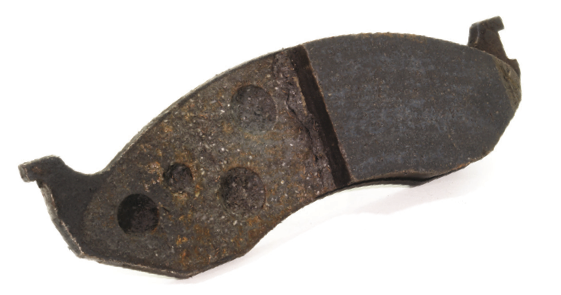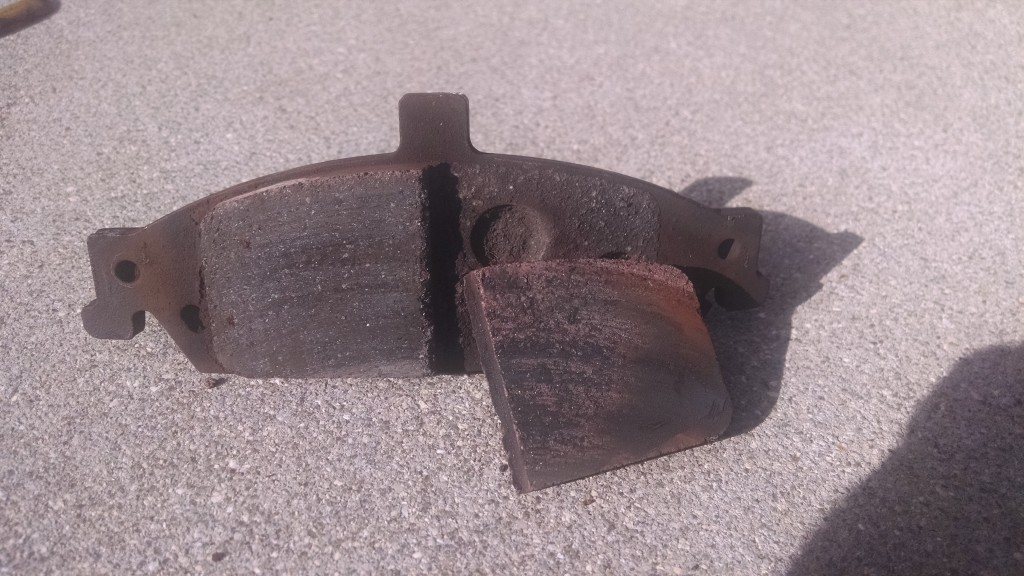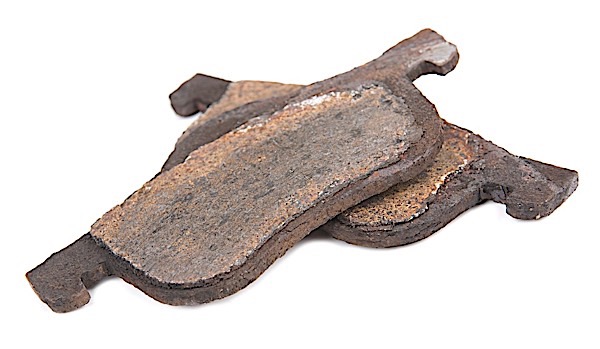Advanced corrosion and rust are playing significant roles in the failure of automobile brake pads, according to a two-part engineering field study by the Global Brake Safety Council (GBSC) (Toronto, Ontario, Canada) of more than 10,000 discarded brake pads.

The council was formed in 2014 to advocate and raise awareness for high standards in brake safety while ensuring responsible manufacturing in the automotive industry. The group of technical experts is comprised of professional engineers, design engineers, product development specialists, and research and development (R&D) professionals.
“As is increasingly the case, there is far more to visible or apparent corrosion than meets the eye,” GBSC writes in an engineering bulletin safety alert regarding the study’s findings. “In the case of brakes, red rust on a rotor surface that is visible through your wheel is just the tip of the iceberg. This visible layer of rust may even be easily wiped away by applying the brakes a few times while driving.”

“On the other hand, the effect of that same rust-producing environment on the brake pads—which you cannot see—is advanced corrosion that results in progressive deterioration and the rotting of the pads with rust, leading to separation between the brake pad and the brake system,” GBSC adds.
Data Collection
The latest portion of the field study examined more than 6,800 brake pads removed for replacement on vehicles from Toronto, Ontario, Canada; Cleveland, Ohio, USA; and Houston, Texas, USA.
